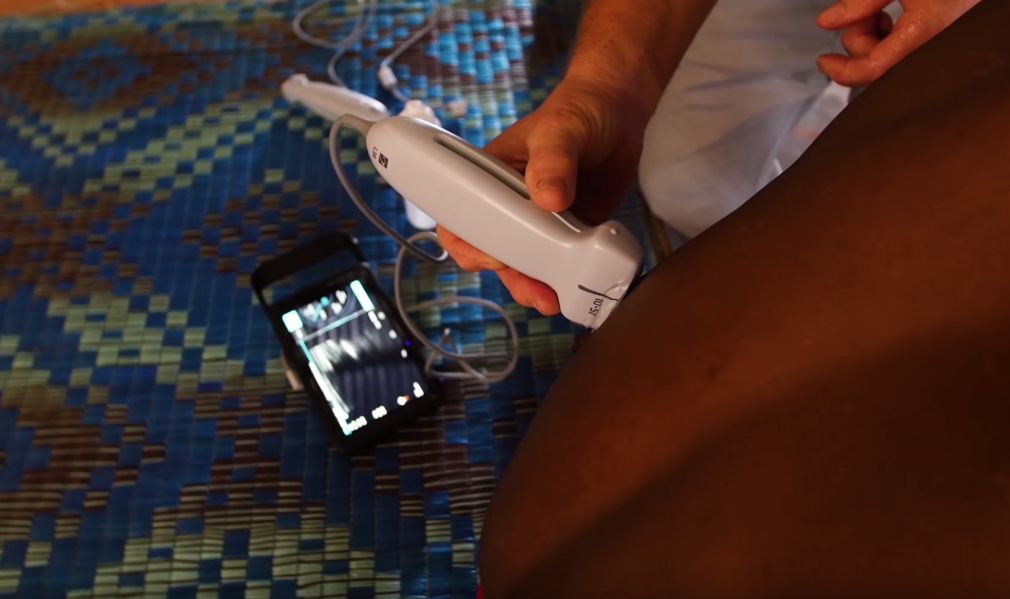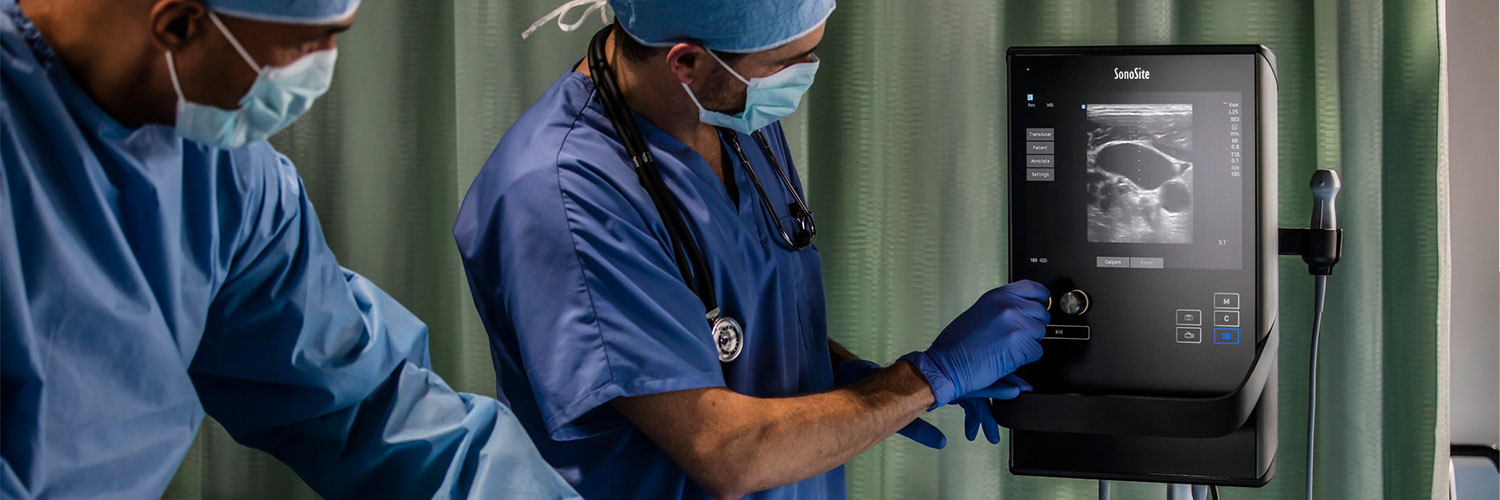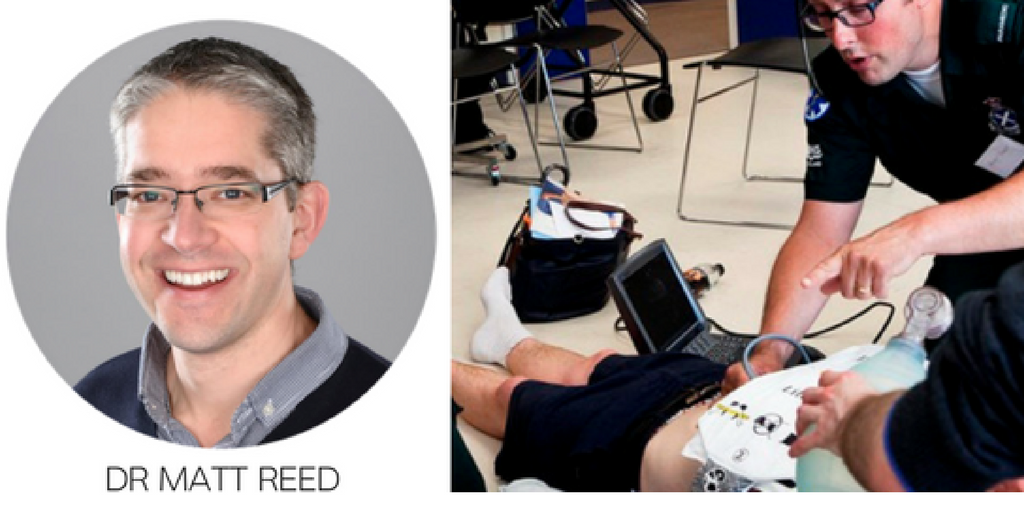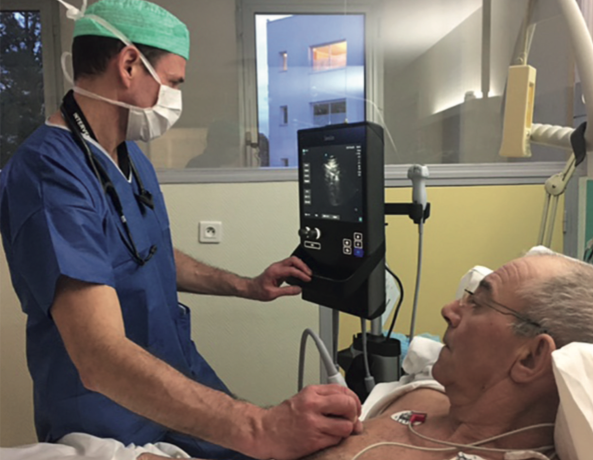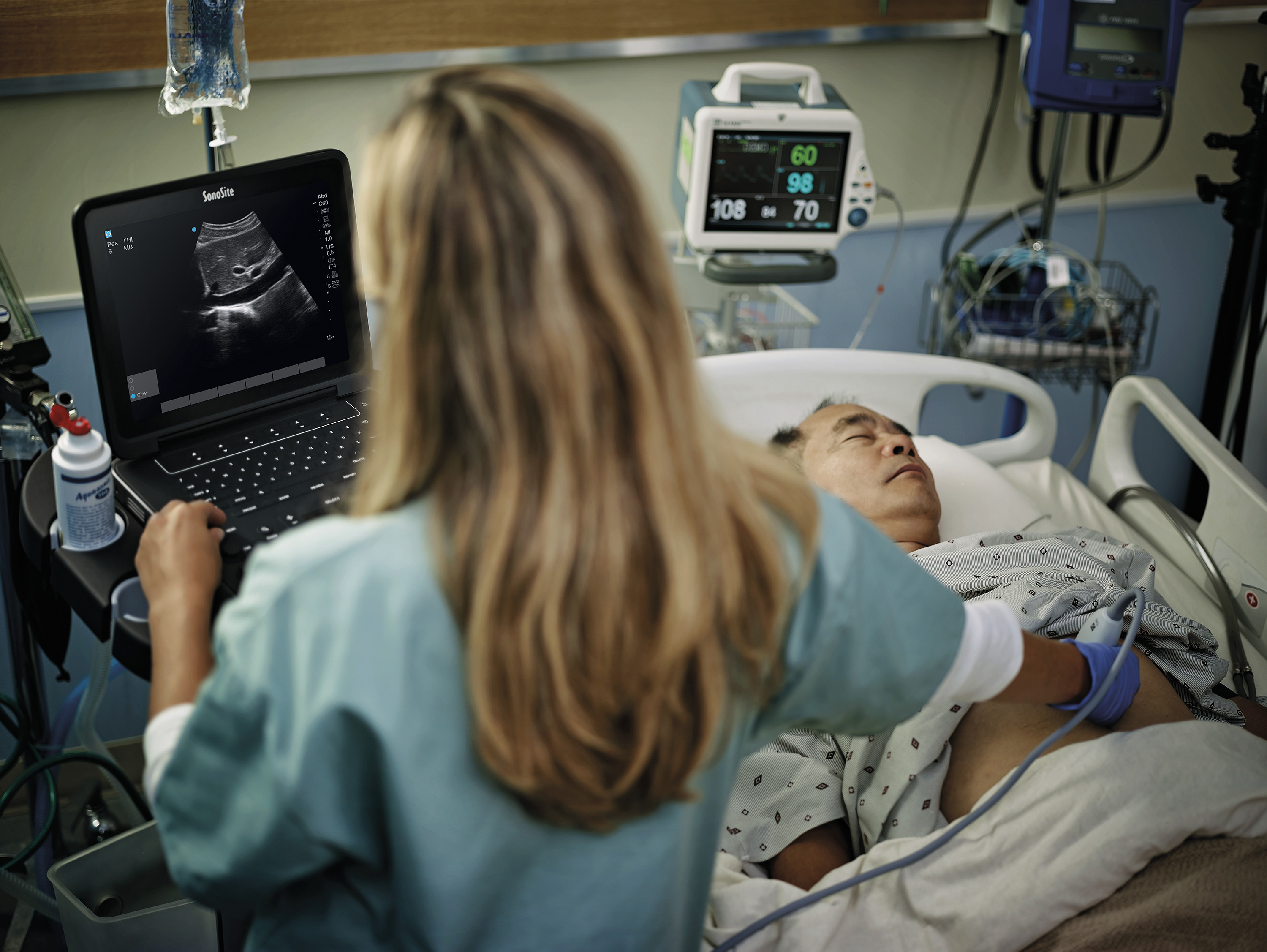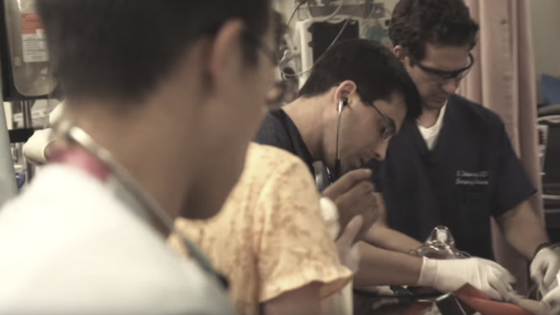Ultrasound Answers Questions in Emergency Care in Spain
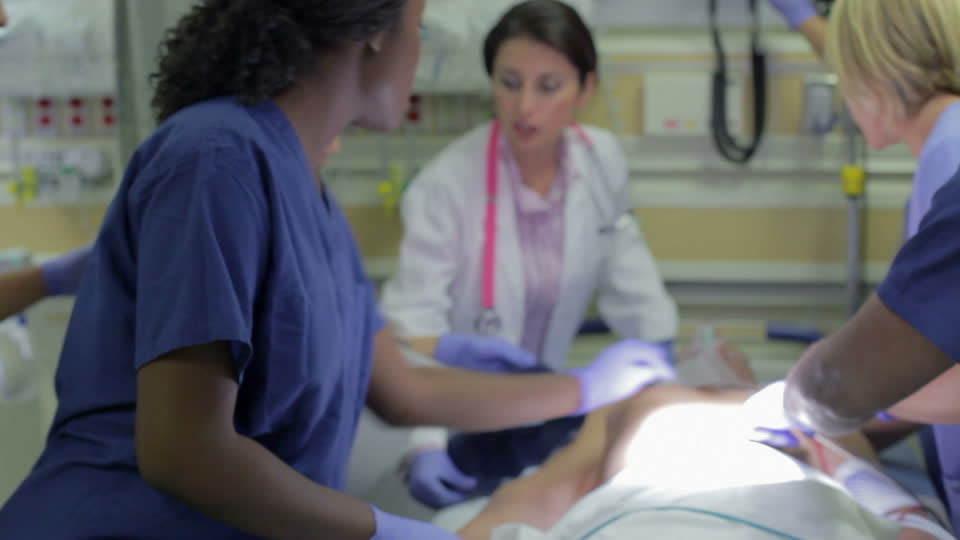
In the world of emergency medicine, there’s nothing fun about the guessing game. With a seriously ill or injured patient, every second counts and the wrong diagnosis can actually have a significant impact on health. That’s why having all available information is absolutely critical to stabilising patients and saving lives.
That’s also what makes point-of-care ultrasound so critically important in emergency care.


